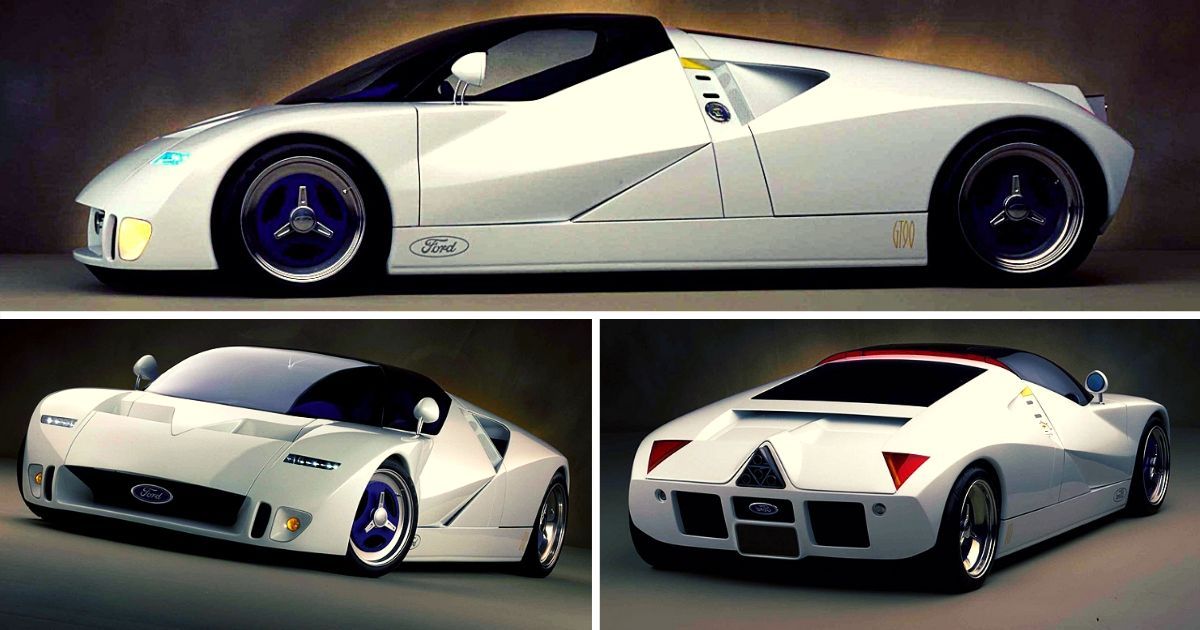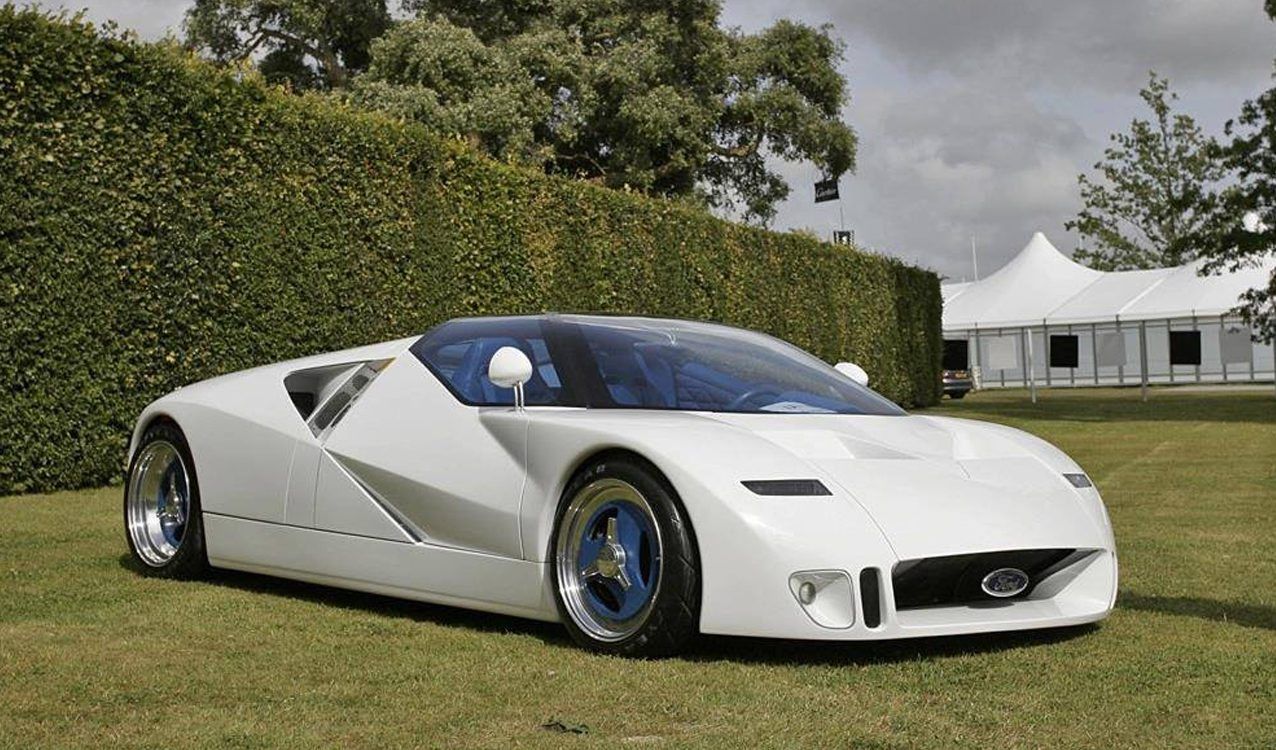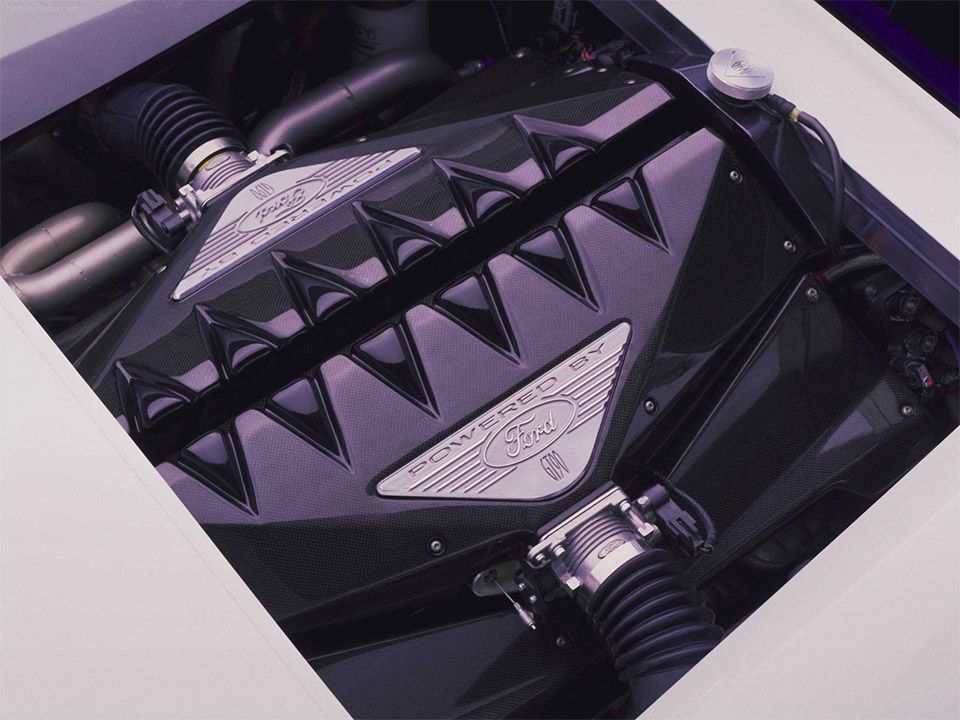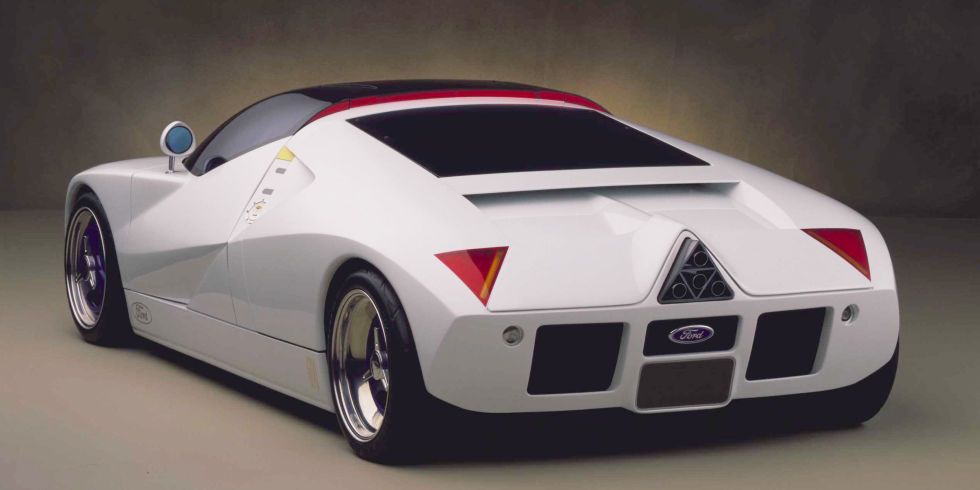The Ford GT90 is a high-performance concept car that was conceptualized and manufactured by Ford, the American carmaker. It was unveiled in January 1995 after being produced in Dearborn, Michigan.
The mid-engined GT90 is a successor to the Ford GT40, a high-performance endurance racing car. It used styling cues like the doors cut into the roofline, but used little else. The Ford GT90 was the first car from the Ford company to display the New Edge philosophy - a design language used by Ford for many of its passenger vehicles in the late 1990s and early 2000s. It was a stylish car - just check out some of these Ford GTs on Instagram that are just sick.
The GT90 was built as a secret project by an engineering team in only six months. The car shared components with other Ford vehicles, like the transmission from Jaguar XJ220 and the V12 engine developed from the Lincoln Town Car. Add this to the list of things you do not know about the Ford Motor Company.
So, what happened to the GT90 concept car and why was it never produced?
In The Beginning
The GT90 was originally going to be the successor of the Ford GT40 and Ford GT70. It was the predecessor to the Ford GT, but production was canceled, the lineup chronology was altered, and the Ford GT became the successor to the GT40 and GT70.
The Ford GT90 story begins in 1994, when the head of the SVT Special Vehicle Team, John Coletti, assembled a small team to build a hypercar to bring the original GT40 into the competitive 1990s.
Instead of taking numerous years to meticulously manufacture every component from scratch, Ford began to recycle the parts that were in their scrap bin, using all the critical things they needed from their old cars.
Since Ford owned Jaguar during this time, they took the suspension, 5-speed manual gearbox, and chassis architecture from the Jaguar XJ220, a two-seat sports car produced by Jaguar from 1992-1994. Interestingly enough, instead of using the engine from this car too, they used the engine from under the hood of a Lincoln Town Car.
Performance Specs
They ended up turning this middle-of-the-road vehicle into a powerful and aggressive vehicle. They took the 4.6-liter V8 and removed two cylinders. They then added another 4.6-liter Town Car V8 and did the same modifications. They took a variety of components from the altered engines and combined them into a V12 block.
The car stroke was reduced from 90mm to 77.3mm, creating a final displacement for the V12 of 5927cc.
The end result of this quad-turbocharged V12 engine is a production of 720 horsepower and 660 pounds per foot of torque to the rear wheels. The power output would see the GT90 having an advantage over its main rival at the time, the McLaren F1. The GT90 weighed in at 3199 pounds, but made up for the heavier weight with sheer power.
The GT90 could go from 0 to 60 miles per hour in just 3.1 seconds, but the most impressive was the overall top speed, reaching 235 miles per hour.
What Happened To The Car
After spending half a year and over $3 million building the car, the GT90 was unveiled at the 1995 Detroit Auto Show. People were in awe over the performance specs and futuristic look, and were clamoring to know when the production version would make way into the market.
Unfortunately, Ford never gave a direct answer. They said it could possibly cost around $150,000 if they did create a version for the masses, which was just a fraction compared to the competitors' cars.
Years passed, and the GT90 still hadn't created a production version. McLaren still sat atop of the competition, happy that the GT90 hadn't made its way onto the scene yet. Anticipation for the release had dwindled, and people just wondered if it was actually going to happen.
It Was Never Going To Happen
Turns out, their skepticism was real. Ford eventually confirmed to the world that the GT90 wasn't going to happen. Their reasoning for the withdrawal contradicted what they had originally said during the unveiling.
They were adamant that the GT90 was only created to be a testing car for new technologies and using the New Edge design. However, if this was truly the case, then it should have been stated clearly from the first unveiling of the car, instead of allowing the masses to assume this beautiful creation was coming to the market in just a few short years.
The End
Today, when people think of the GT90, it is a reminder of what could have been. If it had actually been produced, it would have left such a mark on the hypercar world ever-present in the 90s. No matter what, the GT90 is on the top of a high-end class of concept cars that sadly never made it to production.





